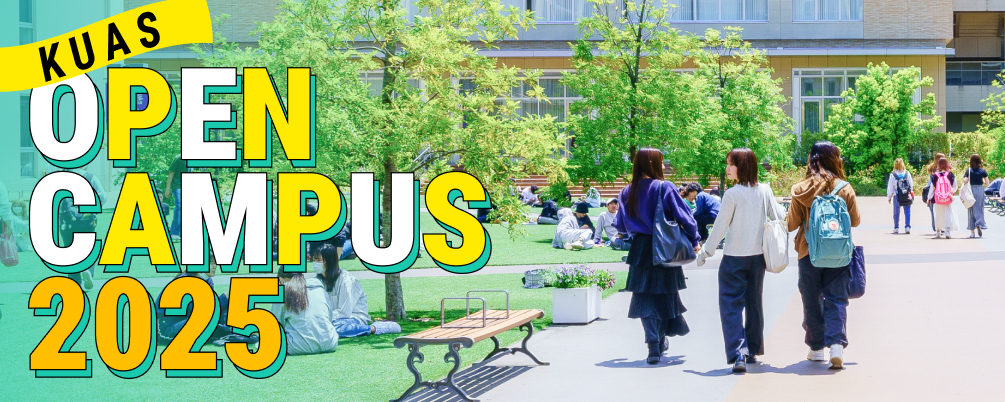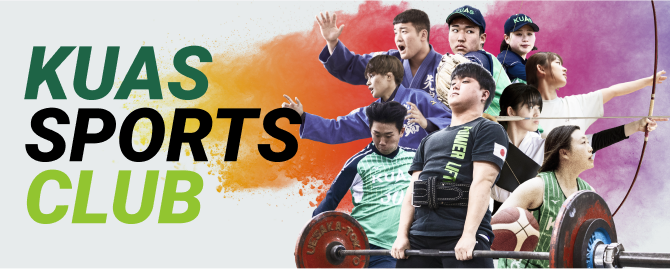
- バイオ環境学部 生物環境科学科
- 講師
専門分野 | 地理空間情報・地域気候変動・人工知能 |
|---|---|
所属学会 | Japan National Young Water Professionals 日本水環境学会 Institution of Engineers Malaysia Malaysia Board of Technologist Japan Graduates' Association of Malaysia International Council of Malaysian Scholars Institution of Chemical Engineer Malaysia Toastmasters International |
学位 | 博士(工学) 京都大学 都市環境工学専攻 |
略歴 | 京都大学 大学院工学研究科附属 流域圏総合環境質研究センター 研究員 |
関連リンク | |
問い合わせ先 | 070-1210-3226 |
研究内容
環境問題は様々な要因が複雑に絡み合って発生する。環境問題を解決するためにはこれらを統合的に整理・把握する必要がある。途上国での環境問題の解決を目標として、リモートセンシング技術、地理情報システム(GIS)、人工知能、ビッグデータ解析・管理、IoT等の応用・統合化を目指したものである。
途上国においては、環境汚染物質の観測地点数が制限されており、その一部の地域では、水文や大気に関するモニタリングデータが量・質ともに十分に得ることが困難である。従って、観測データの収集、技術の活用と地域・国際的な協力の強化に実施することで、より持続可能な社会の実現に向けた取り組みが促進されるでしょう。
研究キーワード | 気候変動・人工知能・情報処理 |
|---|---|
論文 | (First Author)- Peer Reviewed 1.Wong, Y.J. *, Yeganeh, A., Chia, M.Y., Shiu, H.Y., Ooi, M.C.G., Chang, J.H.W., Shimizu, Y., Ryosuke, H., Try, S. and Elbeltagi, A., 2023. Quantification of COVID-19 impacts on NO2 and O3: Systematic model selection and hyperparameter optimization on AI-based meteorological-normalization methods. Atmospheric Environment, 301, p.119677. 2.Wong, Y. J.*, Shiu, H., Chang, J.H.H., Ooi, M.C.G., Li, H., Homma, R., et al. (2022) Spatiotemporal impact of COVID-19 on Taiwan air quality in the absence of a lockdown: Influence of urban public transportation use and meteorological conditions. Journal of Cleaner Production, 365, 132893 3.Wong, Y. J.*, Nakayama, R., Shimizu, Y., Kamiya, A., Shen, S., Muhammad Rashid, I.Z., et al. (2021) Toward industrial revolution 4.0: Development, validation, and application of 3D-printed IoT-based water quality monitoring system. Journal of Cleaner Production, 324, 129230 4. Wong, Y. J.*, Shimizu, Y., Kamiya, A., Maneechot, L., Bharambe, K. P., Fong, C. S., et al. (2021). Application of artificial intelligence methods for monsoonal river classification in Selangor river basin, Malaysia. Environmental Monitoring and Assessment, 193(7), 438, doi:10.1007/s10661-021-09202-y 5.Wong, Y. J., Mustapha, K. B., Shimizu, Y., Kamiya, A., & Arumugasamy, S. K. (2021). Development of surrogate predictive models for the nonlinear elasto-plastic response of medium density fibreboard-based sandwich structures. International Journal of Lightweight Materials and Manufacture, 4(3), 302–314. https://doi.org/10.1016/j.ijlmm.2021.02.002 6.Wong, Y. J., Arumugasamy, S. K., Chung, C. H., Selvarajoo, A., & Sethu, V. (2020). Comparative study of artificial neural network (ANN), adaptive neuro-fuzzy inference system (ANFIS) and multiple linear regression (MLR) for modeling of Cu (II) adsorption from aqueous solution using biochar derived from rambutan (Nephelium lappaceum) peel. Environmental Monitoring and Assessment, 192(7), 439, https://doi:10.1007/s10661-020-08268-4. 7.Wong, Y. J.*, Shimizu, Y., He, K., & Nik Sulaiman, N. M. (2020). Comparison among different ASEAN water quality indices for the assessment of the spatial variation of surface water quality in the Selangor river basin, Malaysia. Environmental Monitoring and Assessment, 192(10), 644, doi:10.1007/s10661-020-08543-4 8.Wong, Y. J., Arumugasamy, S. K., & Mustapha, K. B. (2019). Development of a computational predictive model for the nonlinear in-plane compressive response of sandwich panels with bio-foam. Composite Structures, 212, 423-433, doi:https://doi.org/10.1016/j.compstruct.2019.01.039. 9. Wong, Y. J., Arumugasamy, S. K., & Jewaratnam, J. (2018). Performance comparison of feedforward neural network training algorithms in modeling for synthesis of polycaprolactone via biopolymerization. Clean Technologies and Environmental Policy, 20(9), 1971-1986. https://doi.org/10.1007/s10098-018-1577-4
Journal Papers (co-authors)- Peer Reviewed 1. Zhao, B., Wong, Y.J.1, Ihara, M., Nakada, N., Yu, Z., Sugie, Y., et al. (2022). Characterization of nitrosamines and nitrosamine precursors as non-point source pollutants during heavy rainfall events in an urban water environment. Journal of Hazardous Materials, 424, 127552, doi:https://doi.org/10.1016/j.jhazmat.2021.127552 doi:https://doi.org/10.1016/j.jhazmat.2021.127552 2.He, K., Yoshino, K., Shimizu, Y., Shin, S., Maneechot, L., Wong, Y.J., et al (2022) Development of VFAs road deicer: Recovering processes from woody biomass. The Association of Environmental & Sanitary Engineering Research, 36 (2) 3.Sakaa, B., Elbetagi. A, Boudibi, S., Chaffai, H., Towfiqul Islam, A.R., et al. (2022). Water quality index modeling using random forest and improved SMO algorithm for support vector machine in Saf-Saf river basin. Environmental Science and Pollution Research, https://doi.org/10.1007/s11356-022-18644-x 4.Lee, C.L., Wong, Y.J., Arumugasamy, S., (2022). Dynamic simulation of airborne pollutant concentrations associated with the effect of climate change in Batu Muda region, Malaysia. Modeling Earth Systems and Environment. 8, 323–338. https://doi.org/10.1007/s40808-021-01107-6 5.Usman, M., Ndehedehe, C.E., Farah, H., Ahmad, B., Wong, Y.J., et al (2022). Application of a Conceptual Hydrological Model for Streamflow Prediction Using Multi-Source Precipitation Products in a Semi-Arid River Basin. Water. 14(8), 1260. https://doi.org/10.3390/w14081260 6.Zhao, B., Nakada, N., Hanamoto, S., Zhang. Li., Wong, Y.J. (2021). Modeling in-stream attenuation of N-nitrosodimethylamine and formaldehyde during urban river transportation based on seasonal and diurnal variation. Environment Science Pollutant Research. 28, 10889–10897. https://doi.org/10.1007/s11356-020-11361-3 7.He, K., Borthwick, A. G., Lin, Y., Li, Y., Fu, J., Wong, Y.J, et al. (2020). Sale-based estimation of pharmaceutical concentrations and associated environmental risk in the Japanese wastewater system. Environment International, 139, 105690, doi: https://doi.org/10.1016/j.envint.2020.105690 8.Pakalapati, H., Arumugasamy, S. K., Jewaratnam, J., Wong, Y. J., & Khalid, M. (2018). Parametric ptimization of polycaprolactone synthesis catalysed by Candida antarctica lipase B using response surface methodology. Biopolymers, 109(12), e23240, https://doi:10.1002/bip.23240 |





